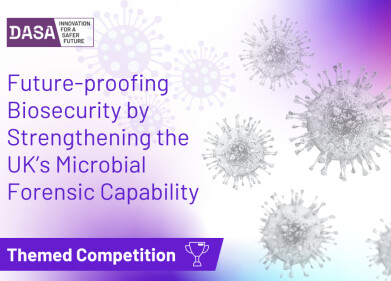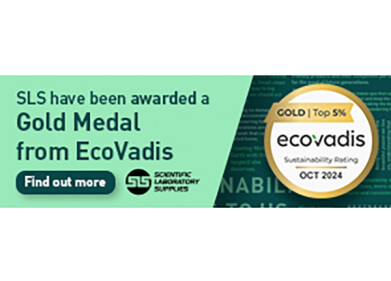-
 Members of the SESAME beam commissioning team led by Technical Director Erhard Huttel (centre) after successfully circulating SESAME’s first beam.
Members of the SESAME beam commissioning team led by Technical Director Erhard Huttel (centre) after successfully circulating SESAME’s first beam. -
 The Synchrotron's main ring
The Synchrotron's main ring
News & views
SESAME Light Source Circulates First Beam
Feb 23 2017
The pioneering SESAME synchrotron in Allan, Jordan, circulated its first beam in January, the first milestone in the move towards establishing world-class research at the first light-source laboratory in the Middle East. Following the first single turn, the next steps will be to achieve multi-turns, store and then accelerate a beam.
“This is a very proud moment for the entire SESAME community,” said Professor Khaled Toukan, SESAME Director. “SESAME is now opening for business.”
SESAME - - Synchrotron-light for Experimental Science and Applications in the Middle East - was established under the auspices of UNESCO before becoming a fully independent intergovernmental organisation in its own right in 2004. SESAME’s Members are Bahrain, Cyprus, Egypt, Iran, Israel, Jordan, Pakistan, the Palestinian Authority and Turkey. Its mission is to provide a world-class research facility for the region, while fostering international scientific cooperation. The first call for proposals to carry out research at SESAME was recently issued.
Today’s milestone follows a series of key events, including the establishment of a Middle East Scientific Collaboration group in the mid-1990s. This was followed by the donation of the BESSY1 accelerator by the BESSY laboratory in Berlin. Refurbished and upgraded components of BESSY1 now serve as the injector for the completely new SESAME main ring, which is a competitive third-generation light source built by SESAME with support from the SESAME Members themselves, the European Commission, CERN and Italy.
At the celebration event, Professor Sir Chris Llewellyn-Smith, President of the SESAME Council said: “ This is a great day for SESAME. It’s a tribute to the skill and devotion of the scientists and decision-makers from the region who have worked tirelessly to make scientific collaboration between countries in the Middle East and neighbouring regions a reality.”
Work will now be focussed on accelerating beams to an operating energy of 2.5 GeV and channelling the light emitted along SESAME’s two day-one beam lines and optimised for the experiments that will take place there. This process is likely to take around six months, leading to first experiments in the summer of 2017. Scientists are meanwhile encouraged to submit their research proposals.
For further information visit www.sesame.org.jo/sesame/
Digital Edition
Lab Asia 31.6 Dec 2024
December 2024
Chromatography Articles - Sustainable chromatography: Embracing software for greener methods Mass Spectrometry & Spectroscopy Articles - Solving industry challenges for phosphorus containi...
View all digital editions
Events
Jan 22 2025 Tokyo, Japan
Jan 22 2025 Birmingham, UK
Jan 25 2025 San Diego, CA, USA
Jan 27 2025 Dubai, UAE
Jan 29 2025 Tokyo, Japan


















